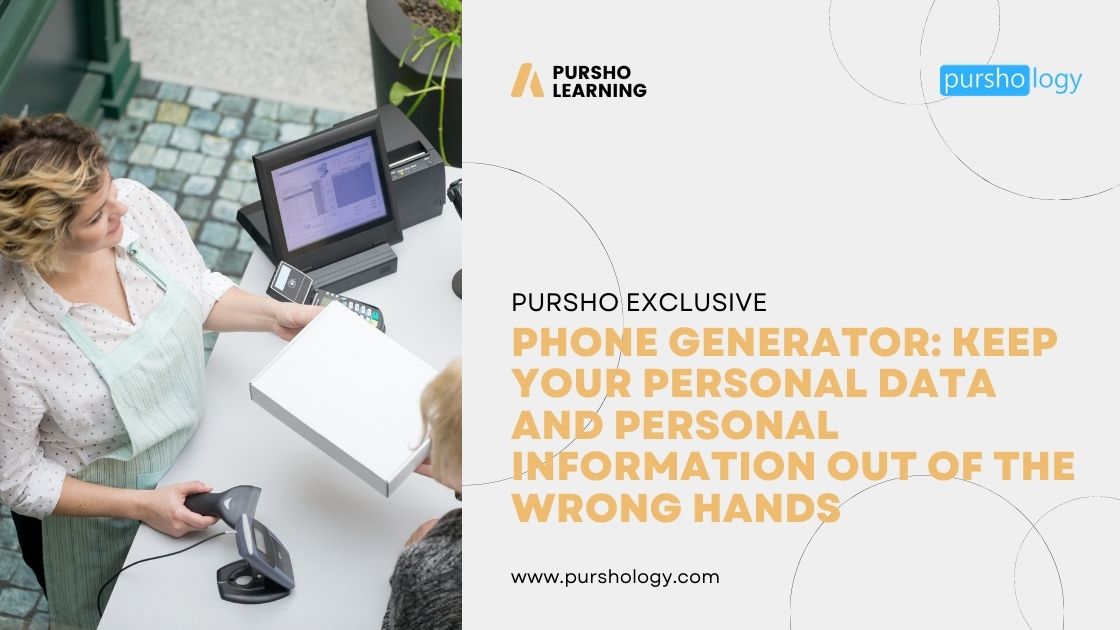The internet has made it possible for anyone with a computer and a willingness to acquire information to access any personal data they choose. This also means that personal data is easily accessible online, making it an attractive target for cybercriminals looking to steal identity information and other sensitive data. Keeping your personal data safe requires you to have strong passwords, two-factor authentication, and secure data storage methods. It’s also important to use effective security measures when accessing personal information over the internet.
A phone generator allows you to quickly generate a passcode or other identifying code that will only work on specific devices. Once this code is entered into an app or website, it cannot be used again by entering different codes until the user knows and trusts the device she is using. With just a few simple steps, you can protect your sensitive data from being accessed by unauthorized people while still being able to take calls from trusted friends and family members. Let’s take a look at how you can use a phone generator to keep your personal information out of the wrong hands.
How to Use a phone generator to Protect Your Personal Data and Personal Information
To use a phone generator, you will need to: Set up a profile on the service you are using. Most people will have an “Username” and “Password” section where you can write down the password and create a strong and unique one-time password (OTP). Set up an account on the service you are using. If you don’t have an account yet, you can create one using the provided profile. Set up a code generator on your computer. (Optional) Create a unique code for each account you want to protect.
Set Up two-factor Authentication on all of your Online Accounts
When you log into an online account using your phone, you are essentially giving that person permission to log into your account with your password. The same goes for when you log into a different online account with a different phone. This kind of security is called a “two-factor authentication” and is often used with digital financial products. You can set up a two-factor authentication on your account with any online service you use. This will help ensure that only you have access to your sensitive data.
Conclusion
With so much data being stored online, it is important to take steps to protect it. A good first step is to set up two-factor authentication on all of your online accounts. This will help ensure that only you have access to your sensitive data. In addition, make sure you are using strong passwords and installing the latest security updates on all of your devices. These steps will help you protect your data from being accessed without authorization.







